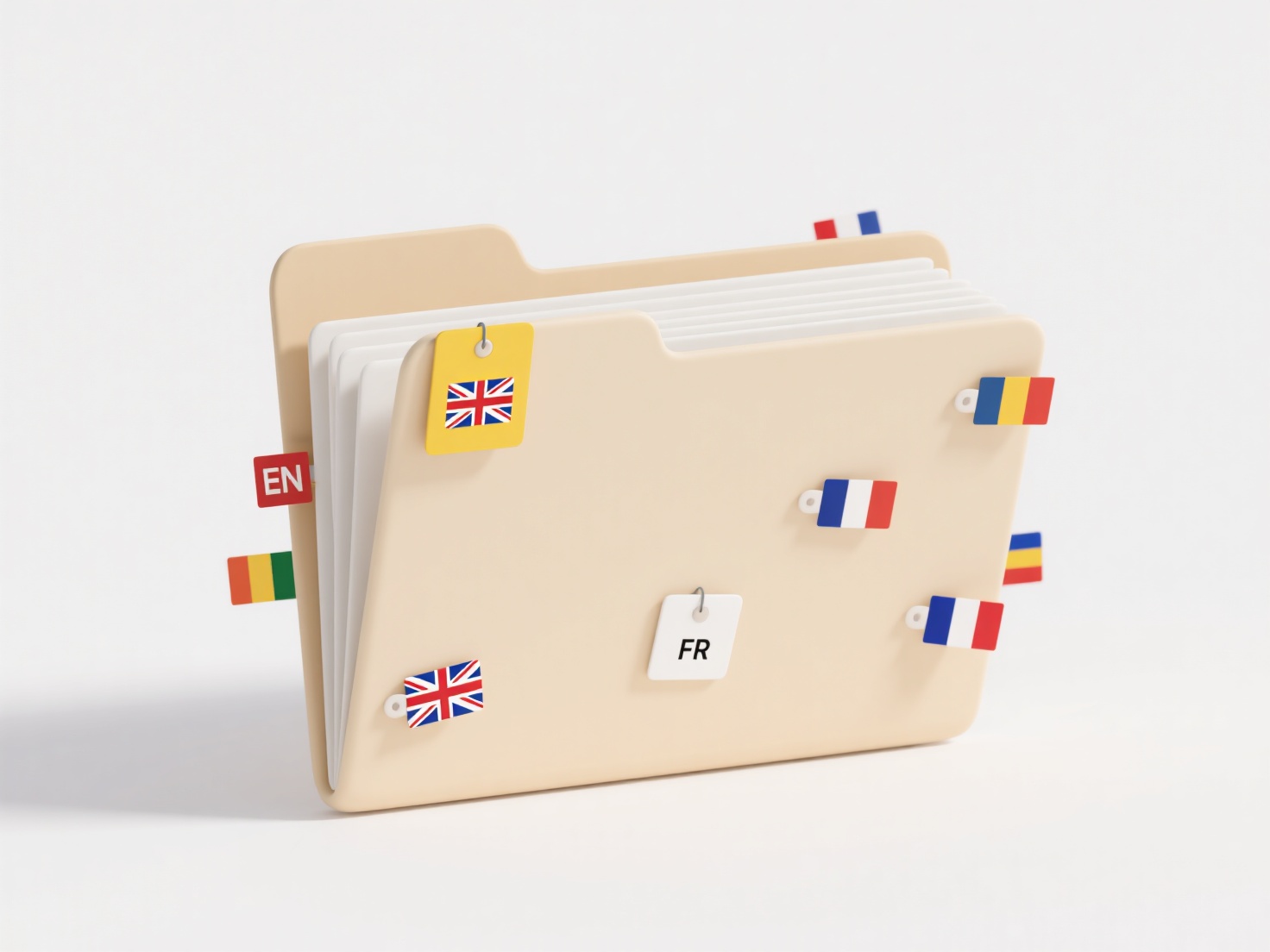
File format rules establish standards for which digital file types team members should use when creating or exchanging documents. They ensure compatibility across shared software systems and prevent issues like unopenable files or visual inconsistencies. This differs from naming conventions or folder structures by specifically governing file types (e.g., mandating PDFs for final reports or XLSX for spreadsheets) rather than organization or version tracking.

For instance, a design team might require PNG files for web graphics to ensure transparency support across browsers, while mandating the latest DOCX format for internal text documents guarantees everyone sees consistent formatting. An engineering team collaborating on CAD models might strictly enforce the use of specific STEP or native software formats to prevent translation errors during design reviews.
Implementing these rules enhances efficiency by reducing time wasted on file conversion problems and ensures document integrity. Limitations arise if rules are overly restrictive or not supported by necessary software, potentially hindering specialized work. Ethical considerations involve ensuring accessibility by choosing formats usable by all team members. Future-proofing is crucial; adopting widely supported, open formats can prevent long-term obsolescence issues.
Can I set file format rules for team collaboration?
File format rules establish standards for which digital file types team members should use when creating or exchanging documents. They ensure compatibility across shared software systems and prevent issues like unopenable files or visual inconsistencies. This differs from naming conventions or folder structures by specifically governing file types (e.g., mandating PDFs for final reports or XLSX for spreadsheets) rather than organization or version tracking.

For instance, a design team might require PNG files for web graphics to ensure transparency support across browsers, while mandating the latest DOCX format for internal text documents guarantees everyone sees consistent formatting. An engineering team collaborating on CAD models might strictly enforce the use of specific STEP or native software formats to prevent translation errors during design reviews.
Implementing these rules enhances efficiency by reducing time wasted on file conversion problems and ensures document integrity. Limitations arise if rules are overly restrictive or not supported by necessary software, potentially hindering specialized work. Ethical considerations involve ensuring accessibility by choosing formats usable by all team members. Future-proofing is crucial; adopting widely supported, open formats can prevent long-term obsolescence issues.
Quick Article Links
How do I transfer ownership of a file?
Transferring ownership of a file means changing the primary individual or account designated as having full control over...
Can I organize cloud files into folders like I do locally?
Cloud storage platforms generally support organizing files into folders, much like you do on your computer's local hard ...
What is the difference between “Search” and “Find” in apps?
In apps, "Find" refers to locating specific text within the current view or document, typically using a text string you ...